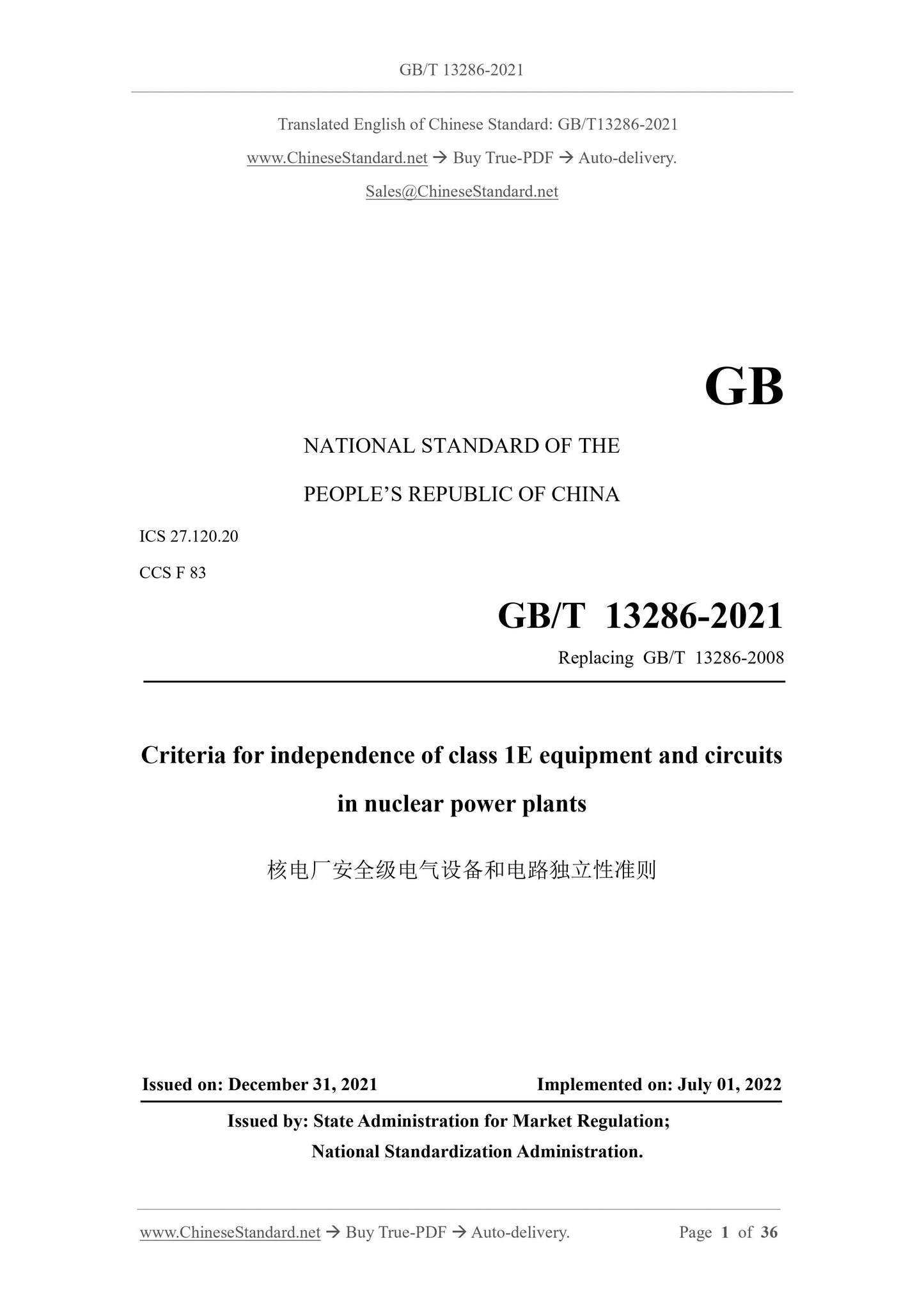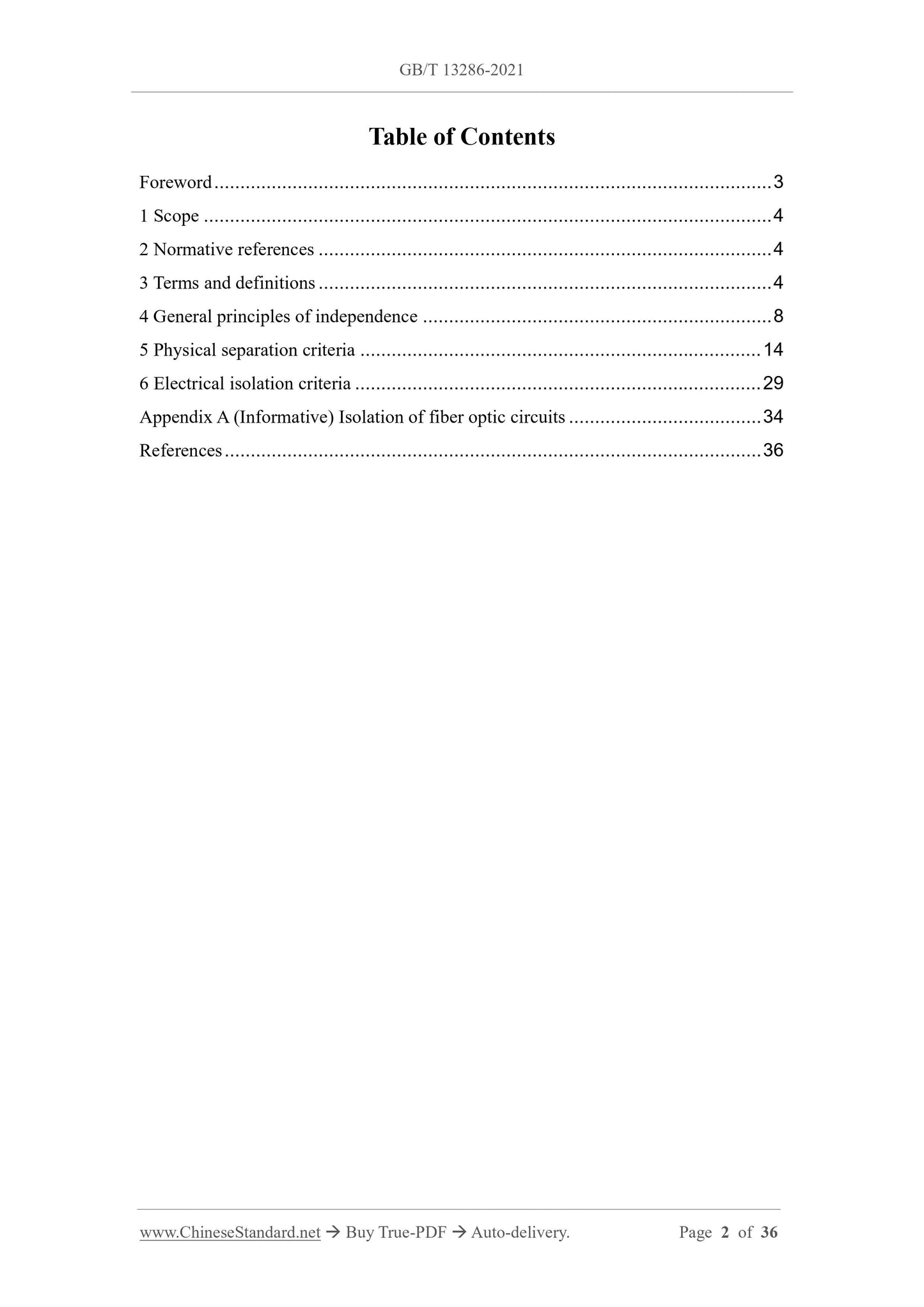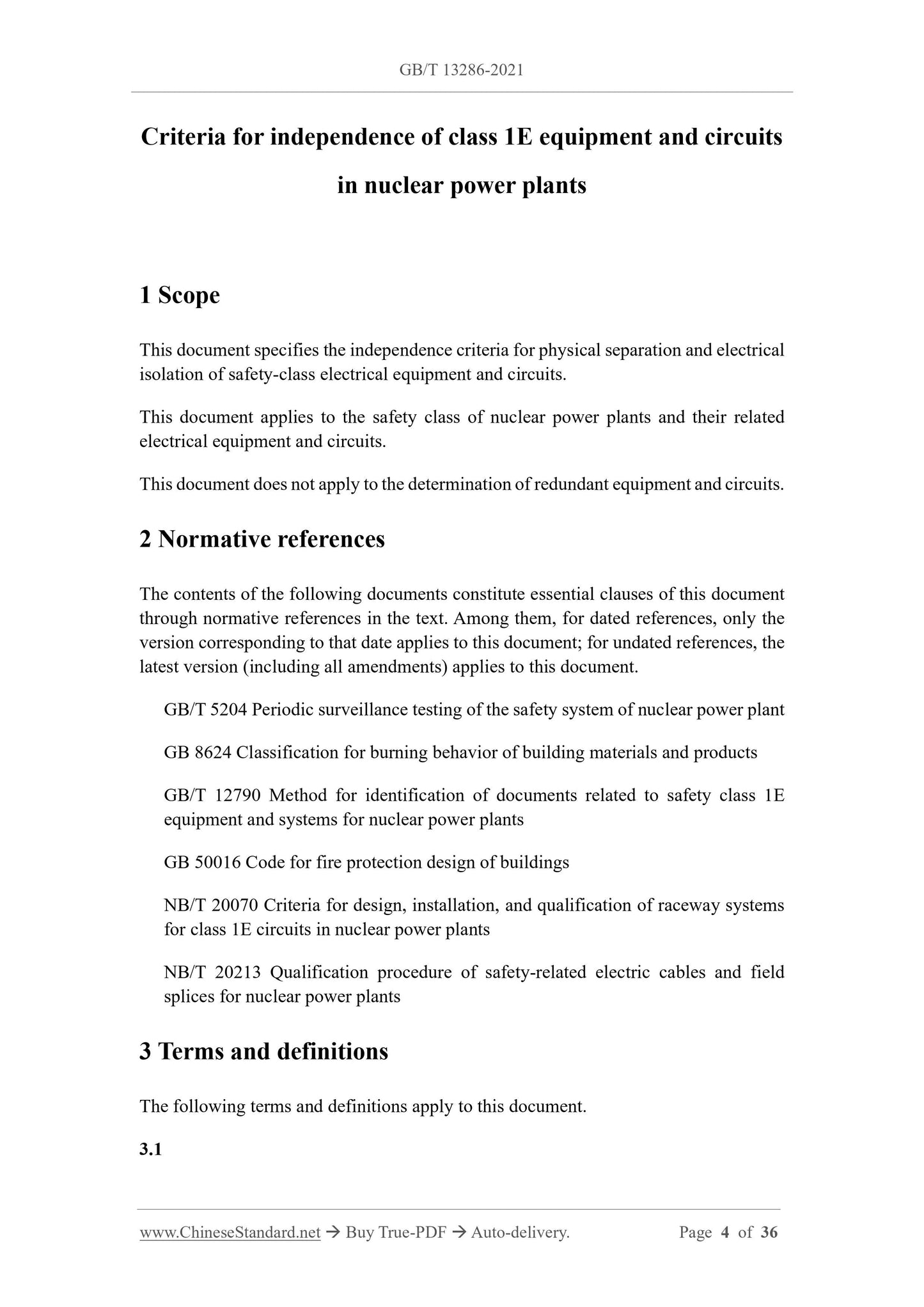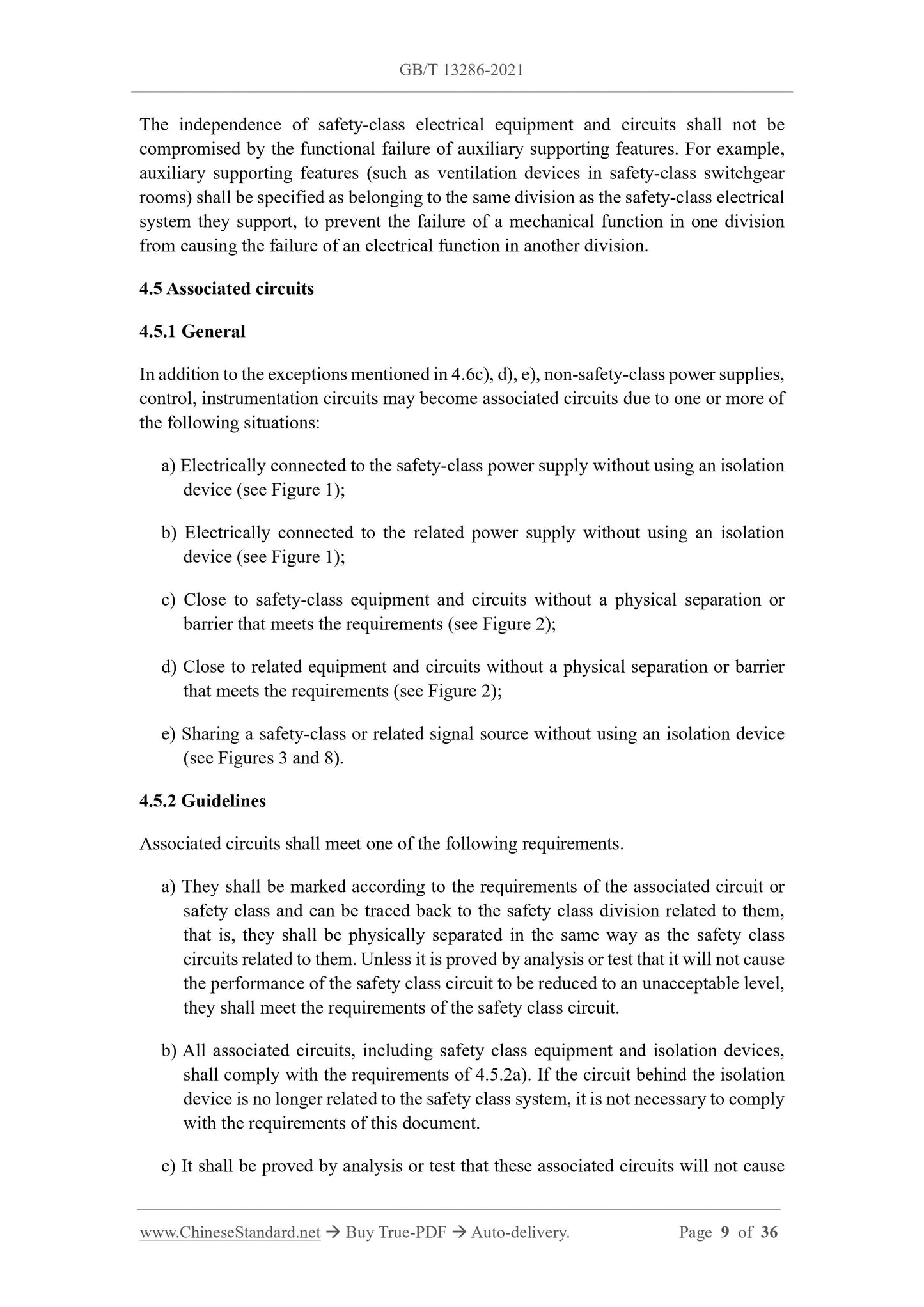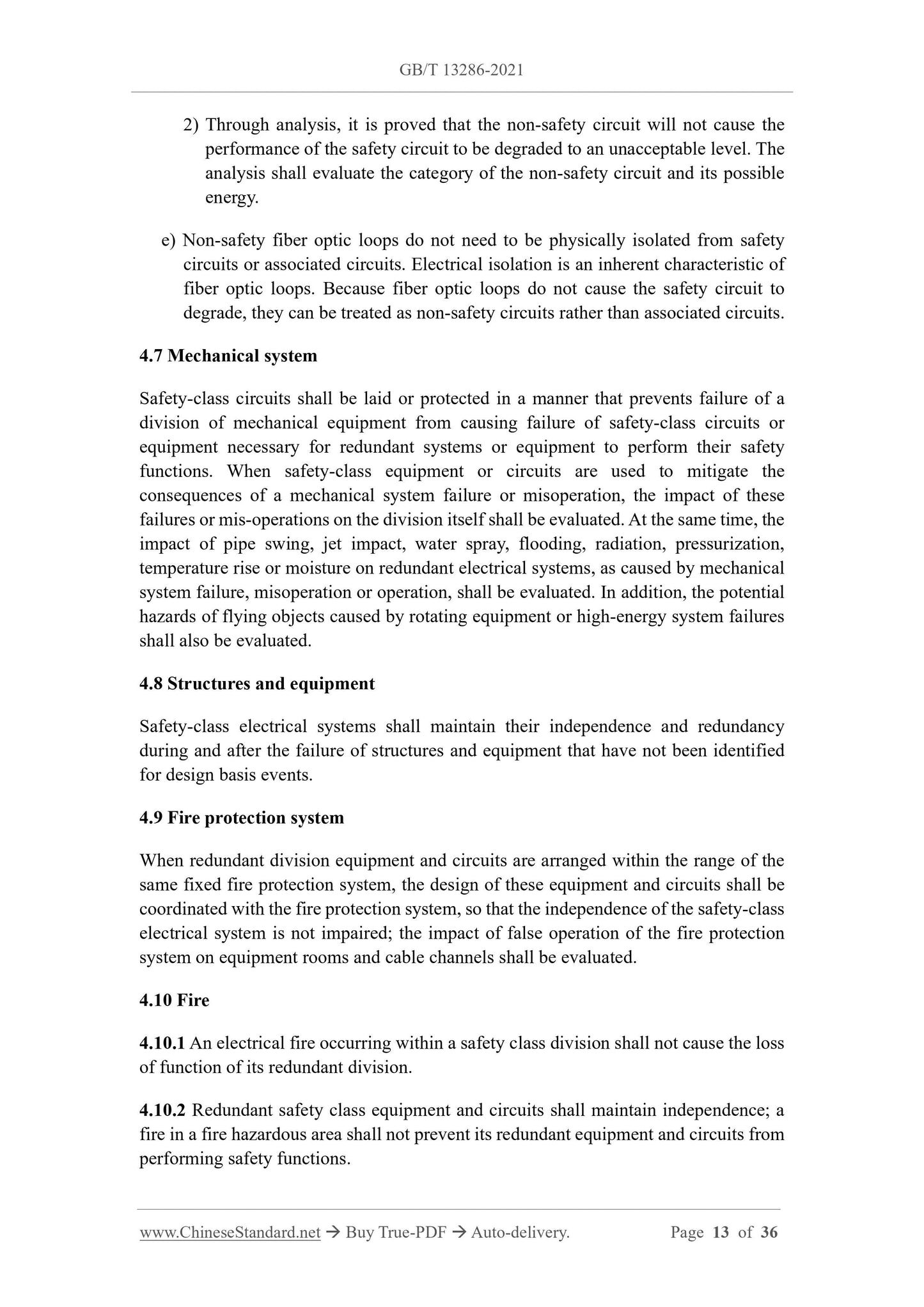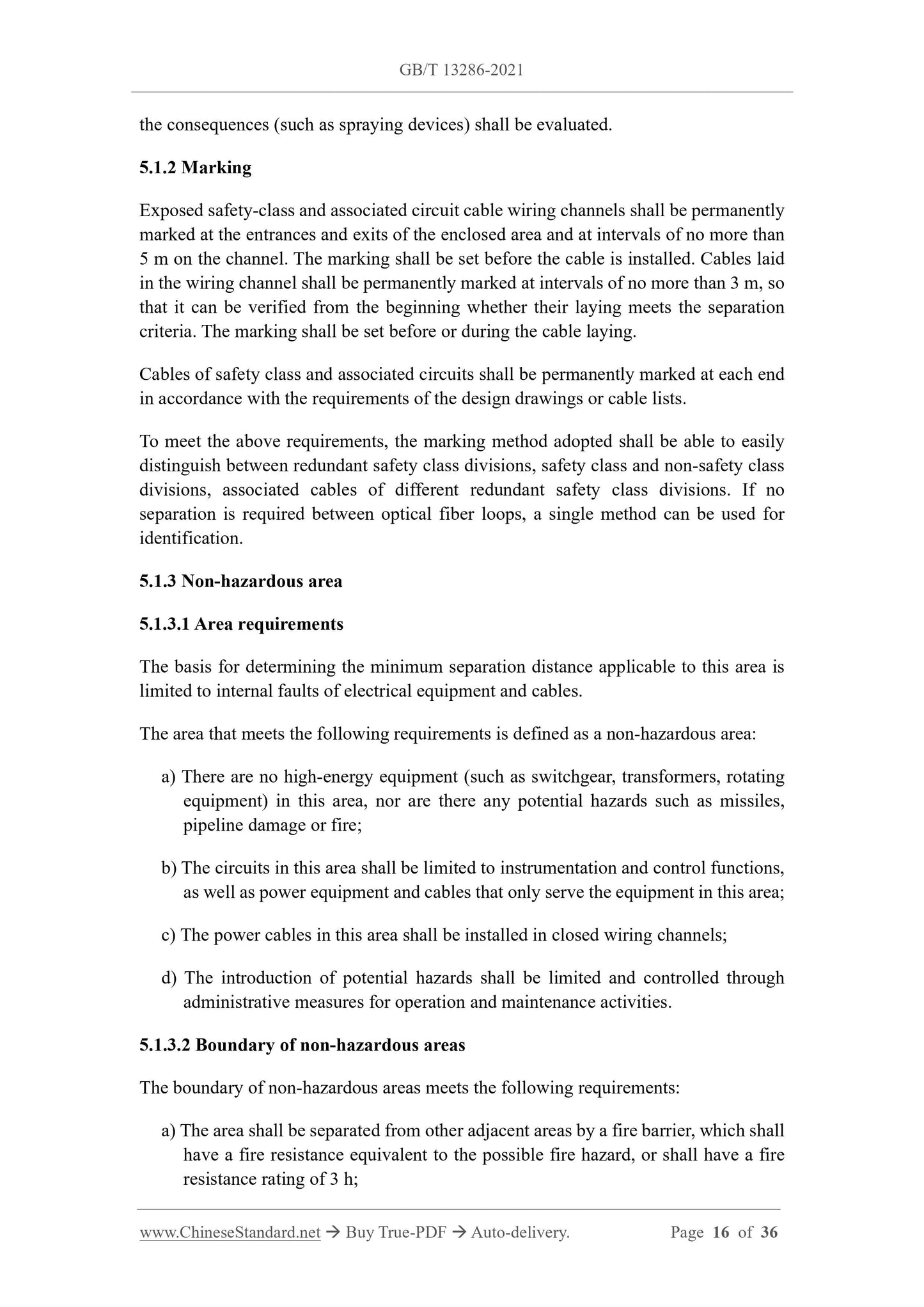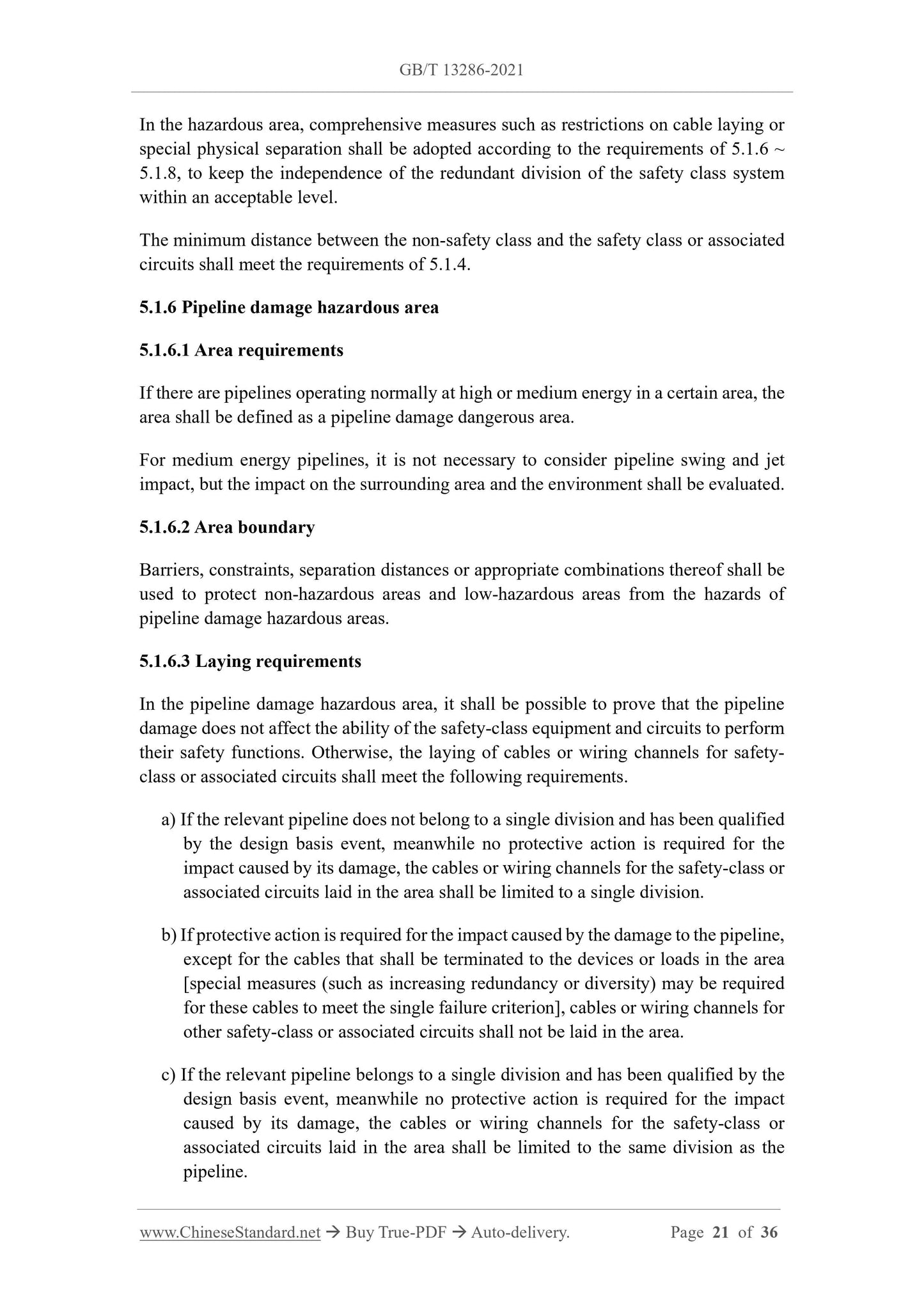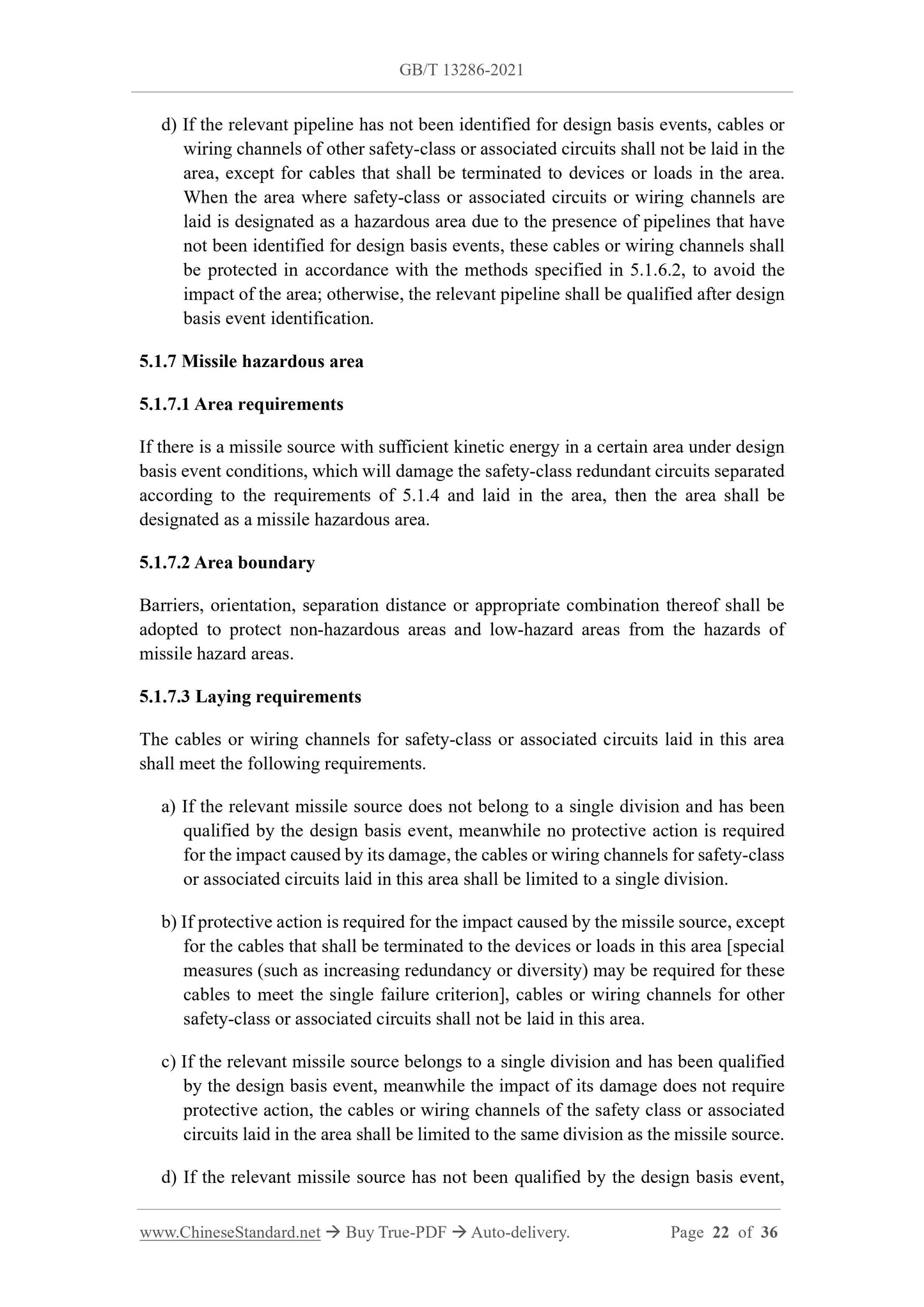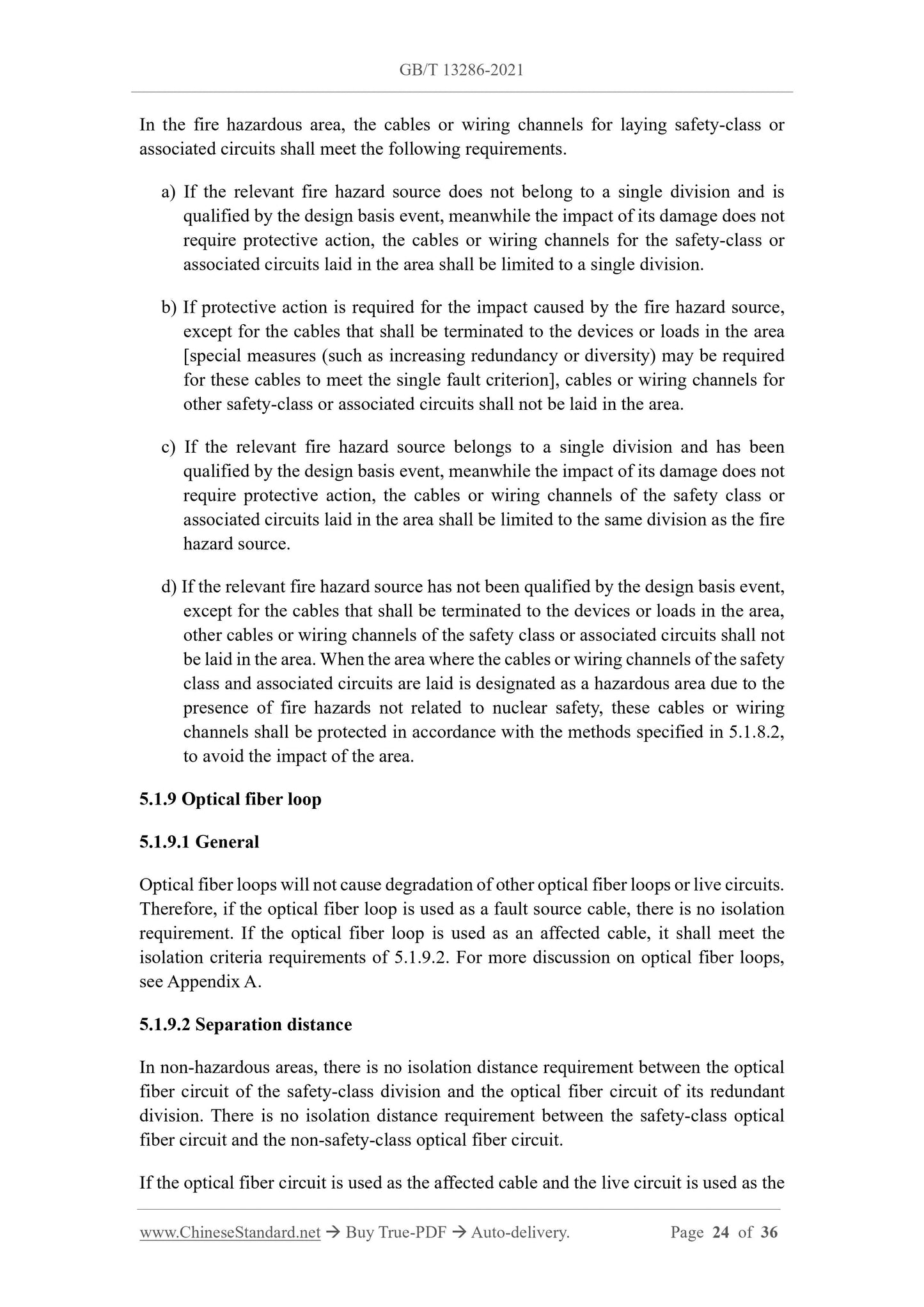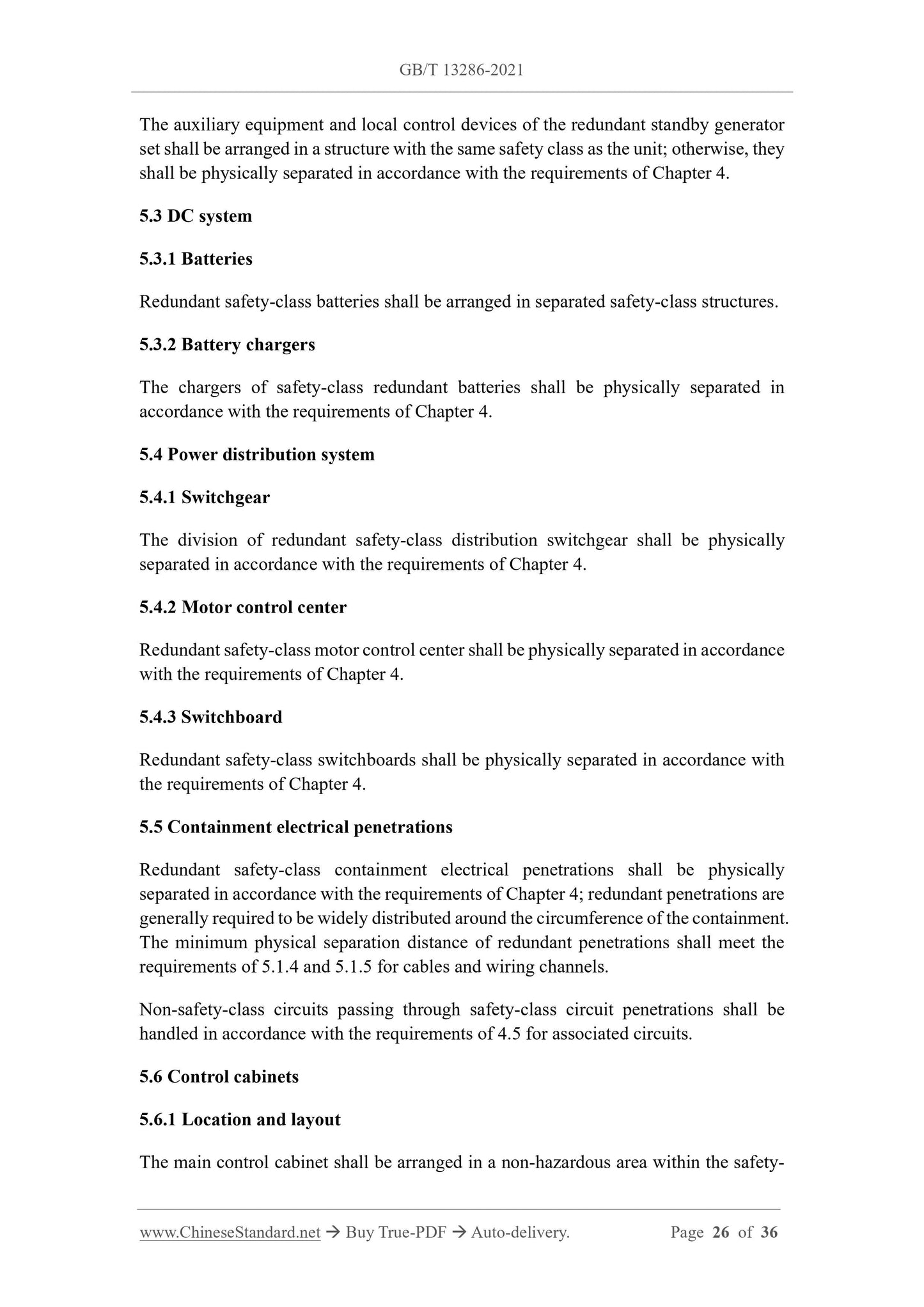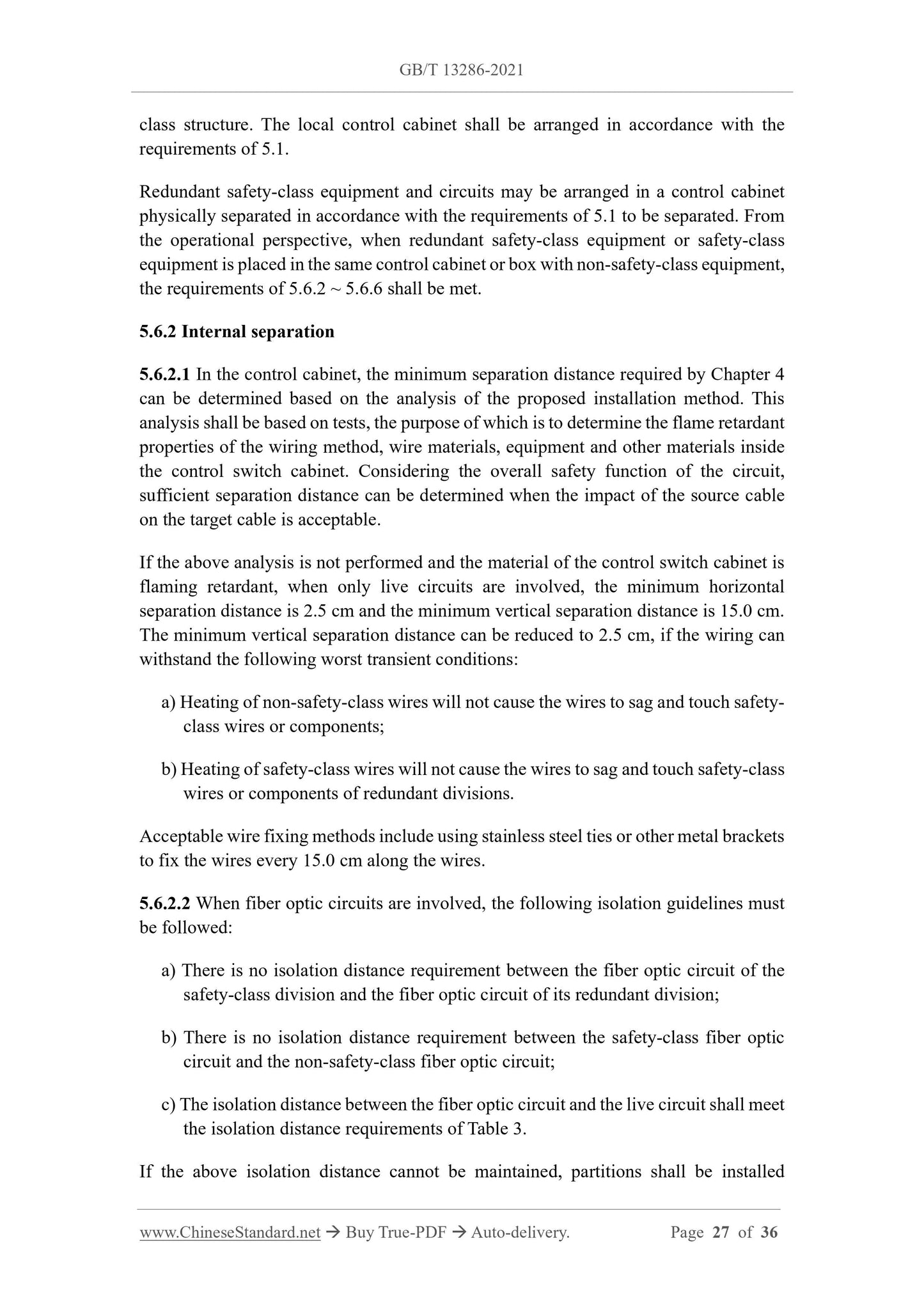1
/
of
12
www.ChineseStandard.us -- Field Test Asia Pte. Ltd.
GB/T 13286-2021 English PDF (GB/T13286-2021)
GB/T 13286-2021 English PDF (GB/T13286-2021)
Regular price
$380.00
Regular price
Sale price
$380.00
Unit price
/
per
Shipping calculated at checkout.
Couldn't load pickup availability
GB/T 13286-2021: Criteria for independence of class 1E equipment and circuits in nuclear power plants
Delivery: 9 seconds. Download (and Email) true-PDF + Invoice.Get Quotation: Click GB/T 13286-2021 (Self-service in 1-minute)
Newer / historical versions: GB/T 13286-2021
Preview True-PDF
Scope
This document specifies the independence criteria for physical separation and electricalisolation of safety-class electrical equipment and circuits.
This document applies to the safety class of nuclear power plants and their related
electrical equipment and circuits.
This document does not apply to the determination of redundant equipment and circuits.
Basic Data
| Standard ID | GB/T 13286-2021 (GB/T13286-2021) |
| Description (Translated English) | Criteria for independence of class 1E equipment and circuits in nuclear power plants |
| Sector / Industry | National Standard (Recommended) |
| Classification of Chinese Standard | F83 |
| Word Count Estimation | 25,253 |
| Issuing agency(ies) | State Administration for Market Regulation, China National Standardization Administration |
Share
